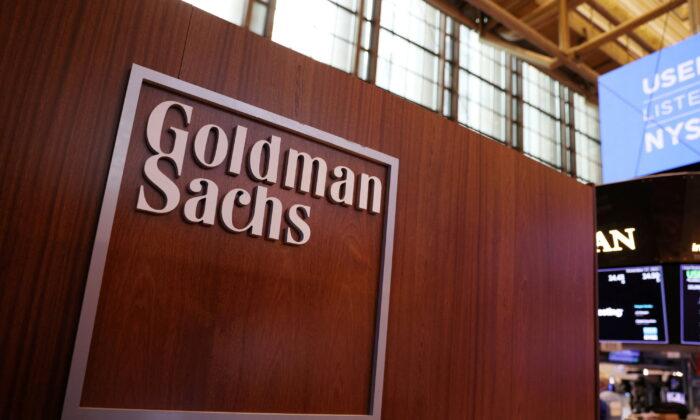Economists at Goldman Sachs Group (GSG) are predicting that the present surge in U.S. inflation will significantly decline in 2023.
“All in, we forecast core PCE inflation to fall significantly,” the economists wrote.
The core Personal Consumption Expenditures index, which excludes volatile food and energy prices, is the Federal Reserve’s primary inflation gauge.
Government data from last week showed a slowdown in consumer price gains, as inflation rose 7.7 percent in October, the slowest pace since the start of the year, raising bets that the Fed will temper its tightening cycle.
Inflation had hit a historical peak of 9.1 percent in June, as energy and food prices increased.

The Fed has been pushing up borrowing rates since March, including four consecutive 75 basis point hikes, to combat a rise in consumer prices.
Signs Of Economic Hope in 2023
If the economists are correct, Fed policymakers may finally decide to ease their benchmark rate increases based on the three key factors as they near their 2 percent inflation target.“Our forecast reflects three key factors: 1) the easing in supply chain constraints in the goods sector, 2) a peak in shelter inflation post-reopening, and 3) slower wage growth driven by the ongoing rebalancing of the labor market,” wrote Hatzius.
Firstly, Goldman anticipates that supply chain disruptions and shipping congestion, which accounted for nearly half of the slowdown in overall core inflation, will begin to ease even more after declining steadily this year.
The effect that the supply chain crisis had on inflation is predicted to fall from plus 0.6 percent at the present, to a minus 0.4 percent effect on prices, by the end of 2023.
The boost in the supply of semiconductors has been a positive development, as deliveries of microchips to the auto industry have risen 42 percent above 2019 levels.
“We expect new car prices to begin falling as well—reflecting both higher chip supply and our finding that new cars are no longer cheaper than used cars,” said the economists.
Secondly, year-over-year housing inflation is expected to finally peak in the spring of 2023, a positive sign for the economy.
“Rental vacancies rates are starting to rebound as a result and are likely to return to pre-pandemic rates next year,” according to Goldman.
“Additionally, the boost from continuing leases renewing at market rates now appears to be reflected in the monthly pace of shelter inflation, as CPI microdata reveal that it already embeds an acceleration in renewal rent growth to 8% year-on-year.”
“Also, rent inflation for new leases has fallen sharply: we estimate to just +3% annualized last quarter,” said Goldman.
They noted that high demand for rental apartments has led to a boom in multi-family housing, with 1 million apartments under construction or in the process of approval, for the largest surge in rental inventories since 1974,
Thirdly, a drop in wage growth, led by a softening in the labor market, which has been observed in recent data, is expected to relieve upward pressure on service sector inflation by late 2023, said Hatzius’ team.
The decline has been noticeable in the retail and leisure industry, which is expected to see wage growth fall by 1.5 to 4 percent year-by-year by late 2023, “helping to slow inflation in labor-intensive services categories,” they wrote.

Anticipating Fed’s Next Policy Rate Move
The Fed will hold its next policy meeting on Dec. 13-14, with most investors betting on a rate hike of 50 basis points, as it is expected to slow down its pace after its series of 75 basis point hikes.Meanwhile, Fed governor Christopher Waller made a warning over the weekend that the central bank may consider slowing the pace of rate hikes at its next meeting but that it should not be seen as a “softening” in its commitment to lower inflation.
The Fed’s battle to control inflation has caused Treasury yields and the value of the dollar to soar, which has pushed Wall Street into bear territory for much of the year.
The S&P 500 has lost around 16 percent of its value so far in 2022, putting the index on track for its worst performance since the market crash of 2008.





